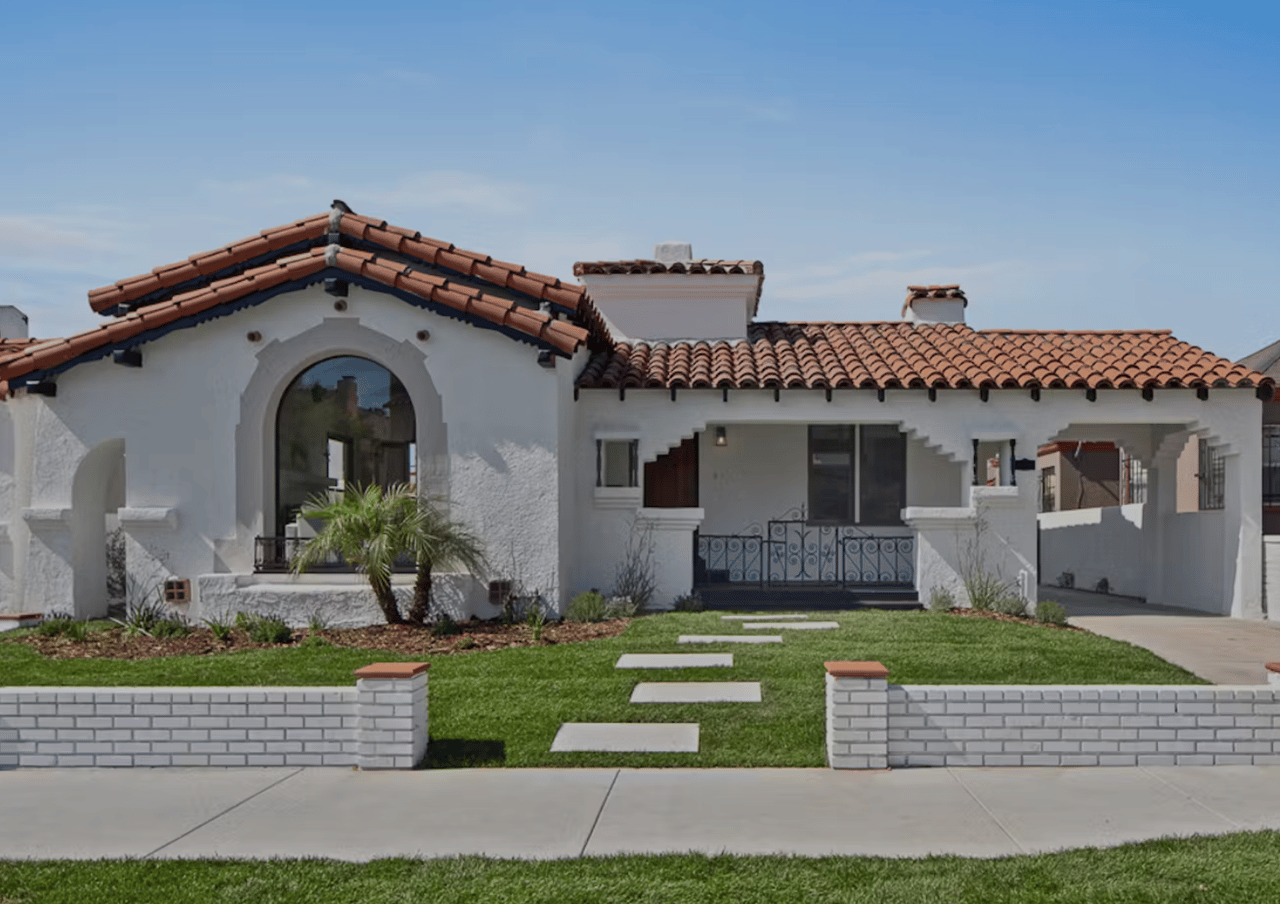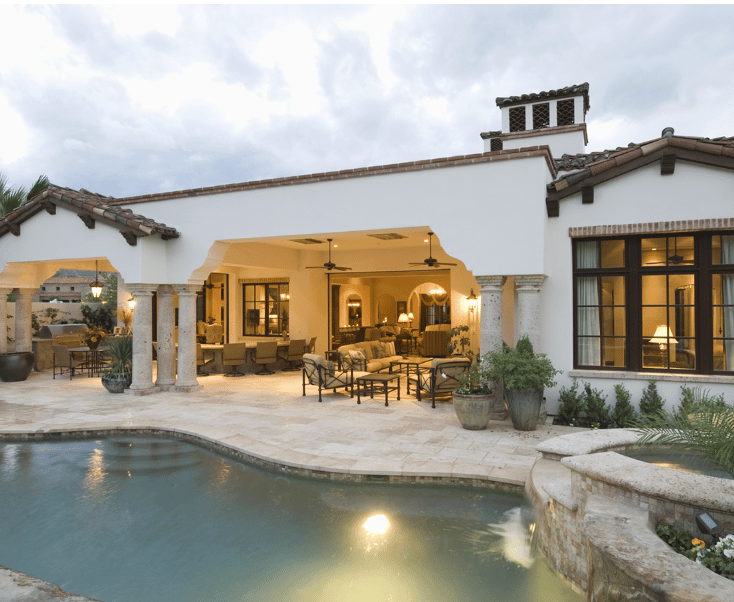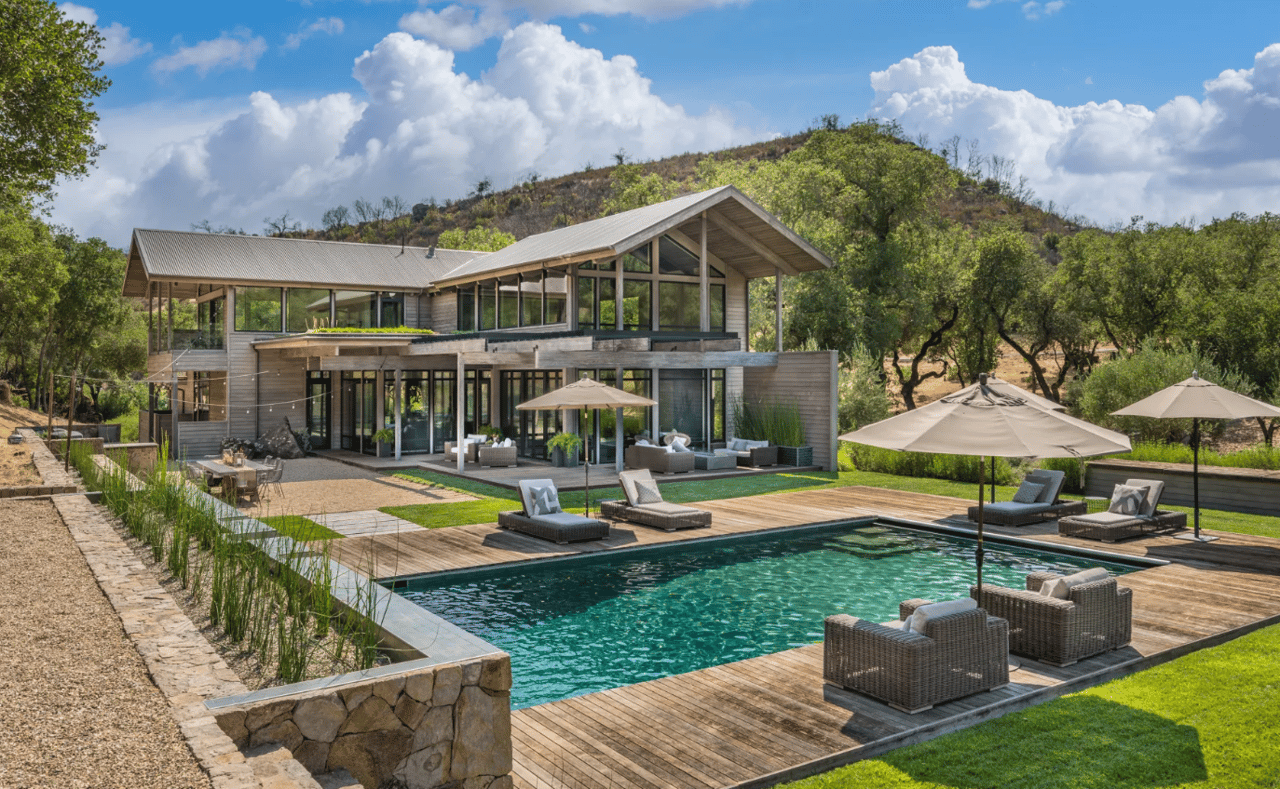Leimert Park is one of Los Angeles’ most culturally rich and architecturally grounded neighborhoods — a community shaped by early 20th-century design, Jazz-Age planning, and generations of local creativity. From Spanish Colonial and traditional California bungalows to thoughtfully preserved streetscapes and community landmarks, Leimert Park offers a rare combination of history, design, and soul. For buyers drawn to character, craftsmanship, and a true neighborhood feel, this area remains one of LA’s most meaningful places to call home.
A vibrant cultural enclave in South Los Angeles, boasts a rich history tied to its distinctive architecture, community-driven spirit, and cultural significance. Founded in the 1920s by real estate developer Walter H. Leimert, the neighborhood has since grown into a symbol of Black culture and creativity, making it one of the most unique residential areas in Los Angeles. Let’s explore the historical evolution of real estate and the homes in Leimert Park, and what makes this neighborhood so sought after today.
A Master-Planned Community: Early Beginnings in the 1920s
Leimert Park was designed as a master-planned community in 1927, a novel concept at the time. Walter H. Leimert hired the prominent landscape architects the Olmsted Brothers, known for designing New York City’s Central Park, to craft a suburban oasis within bustling Los Angeles. The neighborhood was intended to cater to affluent, white families, featuring tree-lined streets, spacious lots, and Mediterranean-style homes—many of which still stand today.
The homes in Leimert Park were primarily built in the Spanish Colonial Revival style, characterized by stucco exteriors, red-tiled roofs, wrought-iron accents, and arched doorways. These homes exude charm and architectural elegance, and their enduring appeal continues to attract homebuyers looking for character-rich properties. In addition to Spanish architecture, you can find Craftsman bungalows and English Tudor-style homes that add diversity to the neighborhood's architectural landscape.
Shifting Demographics: The Rise of African American Ownership in the 1940s
By the 1940s and 1950s, Leimert Park began to experience a significant demographic shift. As African Americans migrated to Los Angeles during the Great Migration, many sought housing in neighborhoods like Leimert Park. However, discriminatory practices like redlining and racially restrictive covenants limited access to homeownership for Black families in many parts of the city.
Leimert Park became one of the few areas where African American families could purchase homes. The neighborhood’s accessibility to African Americans, combined with its beautiful homes and strong community ties, led to a surge in Black homeownership, making it a cultural hub for the growing Black middle class in Los Angeles. By the 1960s, Leimert Park had transitioned into one of the most desirable Black communities in the city, often compared to Harlem in New York.
Cultural Flourishing: Leimert Park as a Hub of Black Art and Culture
The 1960s and 1970s marked an era of cultural awakening in Leimert Park. As the neighborhood became more established, it grew into a center for Black art, music, and culture. Local jazz clubs, theaters, and art galleries flourished, and the area became synonymous with the rise of African American cultural expression. Today, Leimert Park Village is a cornerstone of Black arts and culture in Los Angeles, home to landmarks like the Vision Theatre and the World Stage, a performance space founded by legendary jazz musician Billy Higgins.
Leimert Park Today: Real Estate and Community Resilience
Leimert Park’s real estate market has evolved significantly over the decades, but it has managed to maintain much of its historical charm and architectural integrity. The neighborhood's homes—many of which are over 90 years old—are highly sought after by buyers who appreciate the unique blend of history, culture, and architecture.
In recent years, Leimert Park has seen a resurgence in interest from homebuyers looking to invest in historically significant neighborhoods. The arrival of the Metro Crenshaw/LAX Line, set to connect the neighborhood more easily to the rest of Los Angeles, has further driven demand for homes. While this increased interest has spurred concerns about gentrification, the community remains deeply committed to preserving its cultural identity and protecting the legacy of Black homeownership in the area.
If you’re exploring historic or architectural homes in Los Angeles, reach out and I’ll send you a curated list of properties worth knowing about.
Why Homebuyers Are Drawn to Leimert Park
Leimert Park offers a unique blend of history, culture, and architectural beauty. Homebuyers are drawn to the neighborhood not just for its charming Spanish-style homes, but also for its rich sense of community. The neighborhood's walkability, cultural events, and proximity to key areas like Downtown Los Angeles and Inglewood make it an attractive option for those looking to own a piece of LA’s cultural history.
Conclusion
Leimert Park stands as a testament to the resilience of community and culture in the face of change. With its roots in 1920s master planning, its transition to a vibrant African American neighborhood in the 20th century, and its current status as a hub of culture and history, Leimert Park offers more than just homes—it offers a sense of identity and belonging. For real estate buyers looking for homes with character and cultural significance, Leimert Park is a treasure waiting to be discovered.
By understanding the history of Leimert Park and its architectural gems, homebuyers can appreciate the significance of this neighborhood beyond its beautiful homes. It’s a place where culture, community, and history converge—making it one of the most fascinating and sought-after neighborhoods in Los Angeles.




